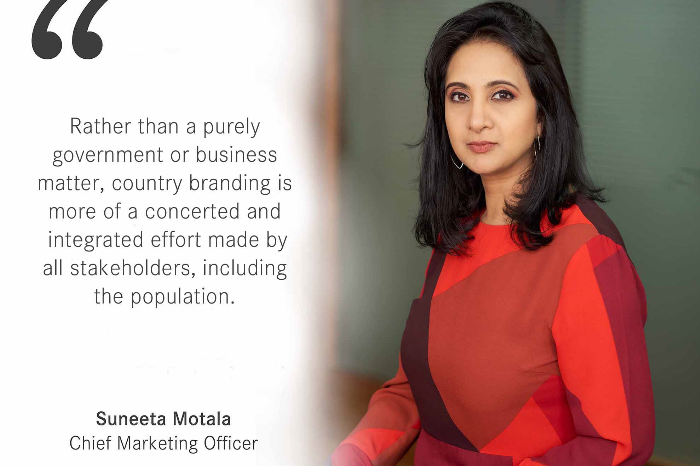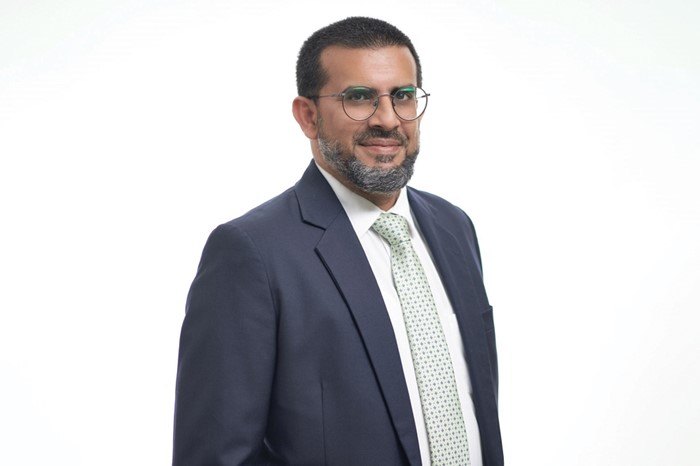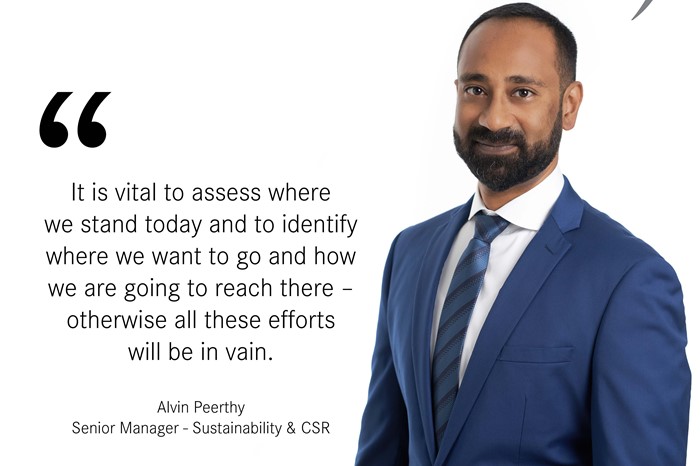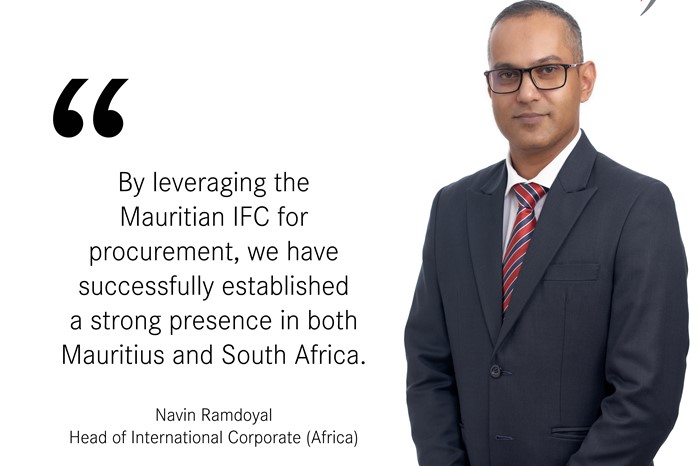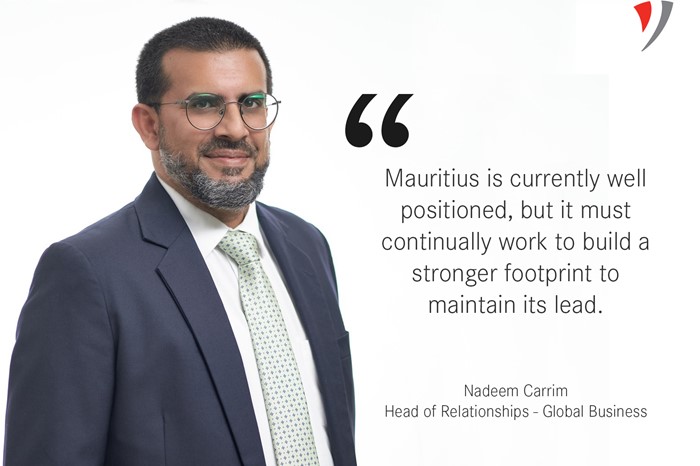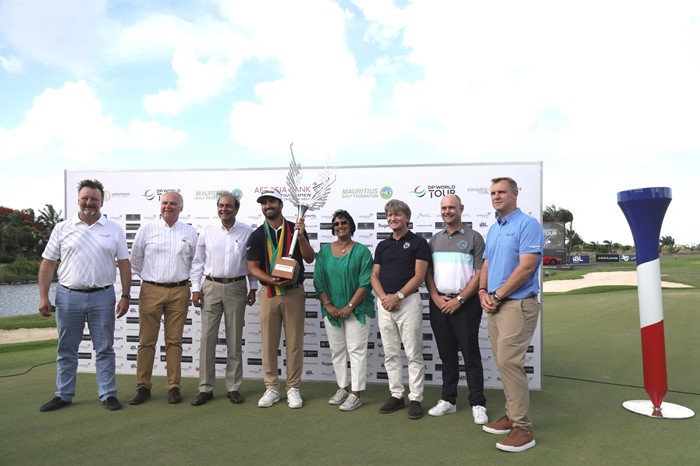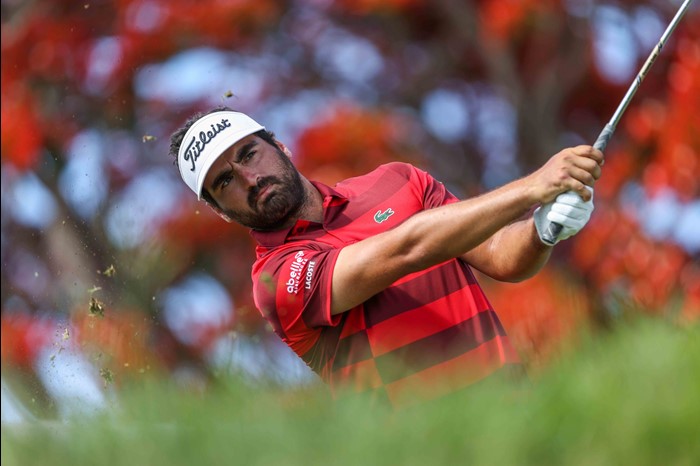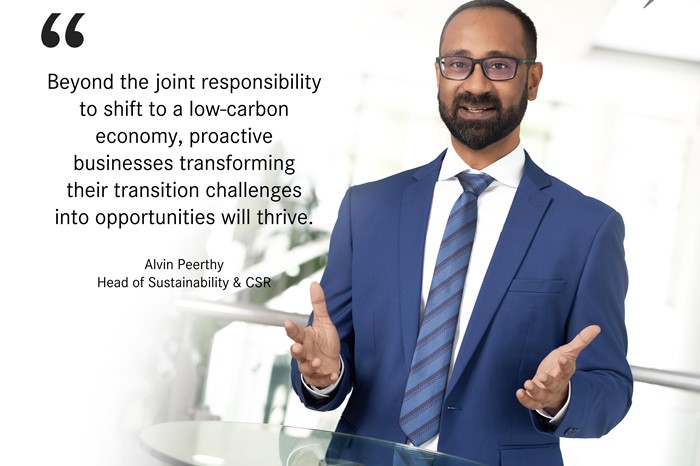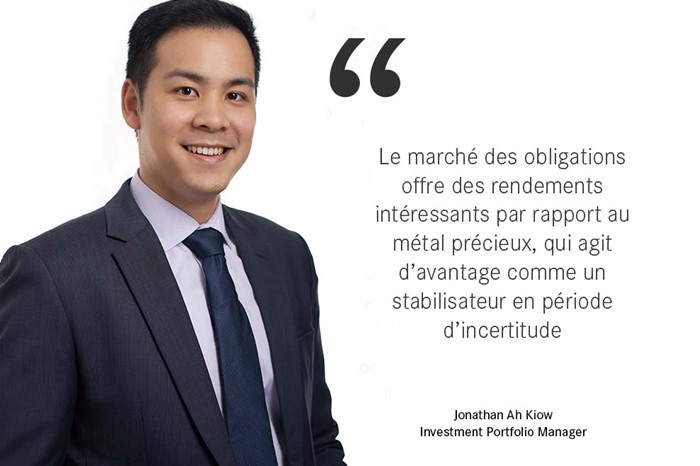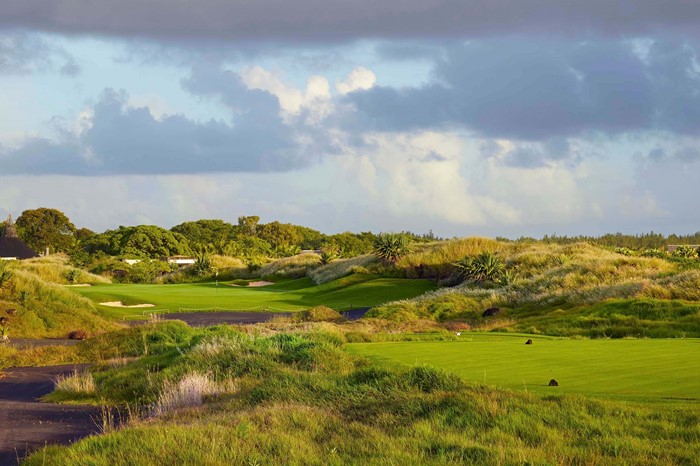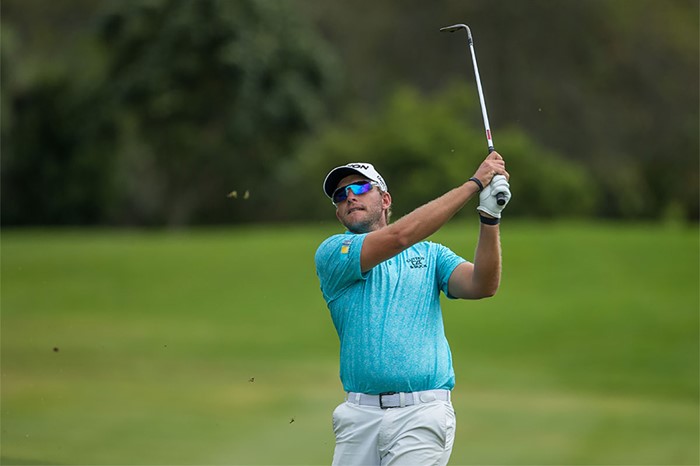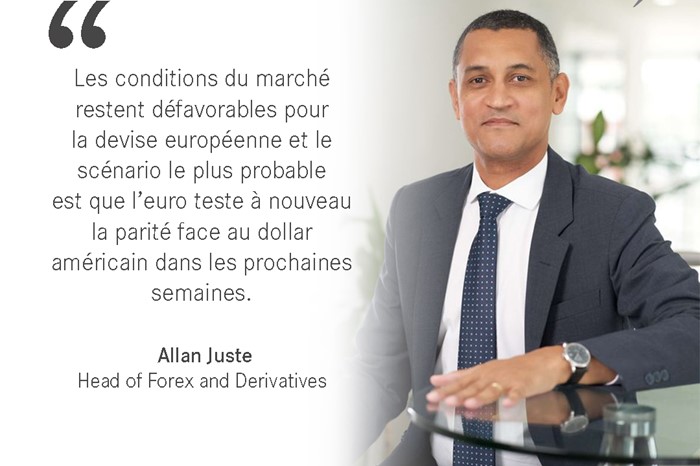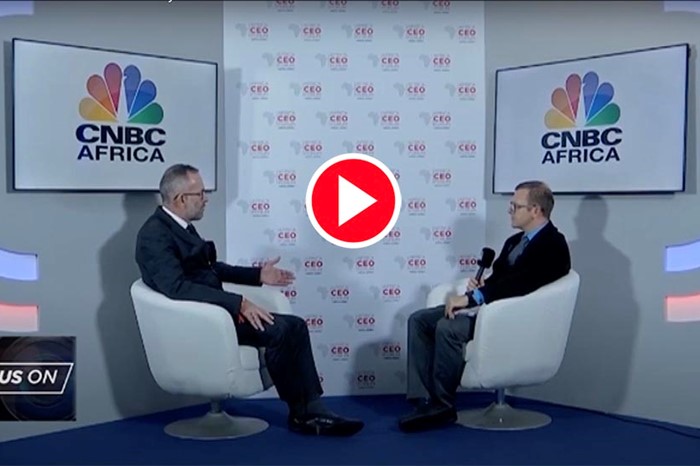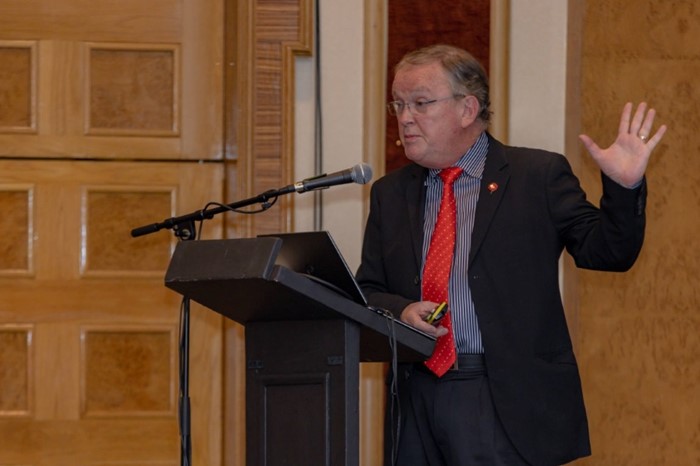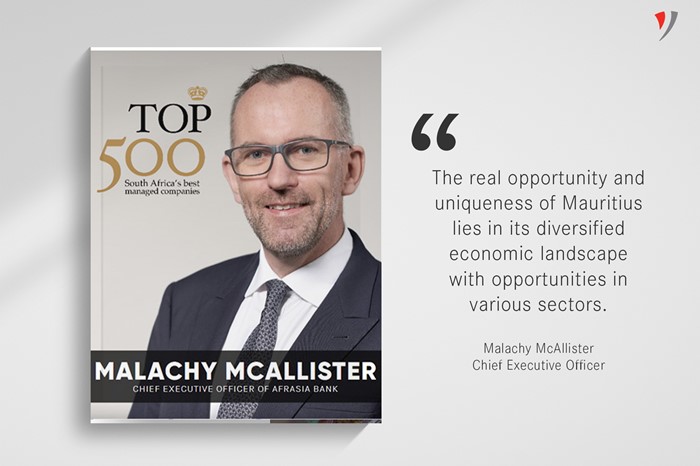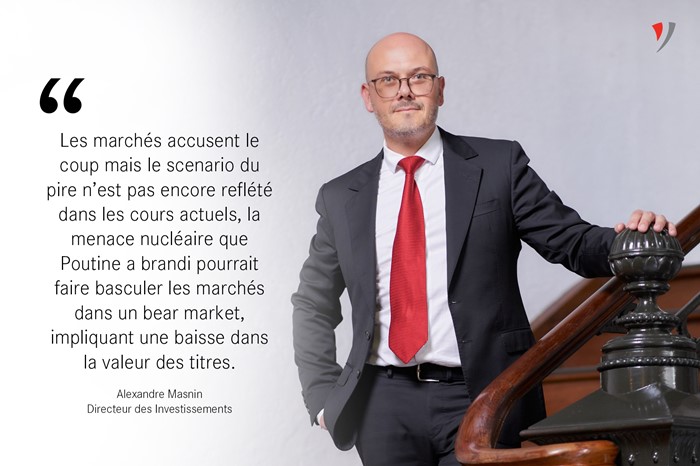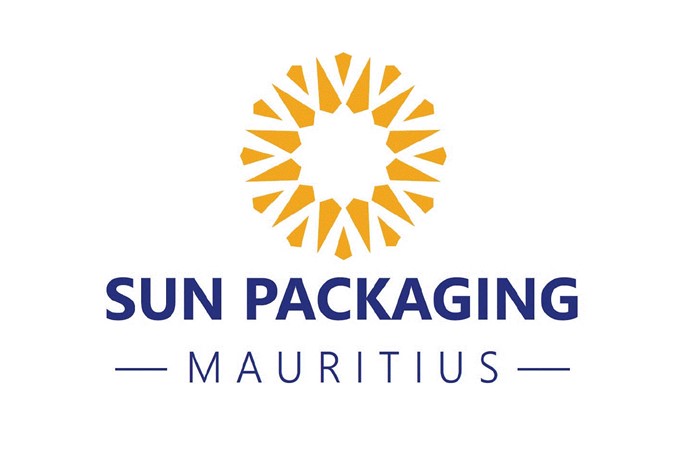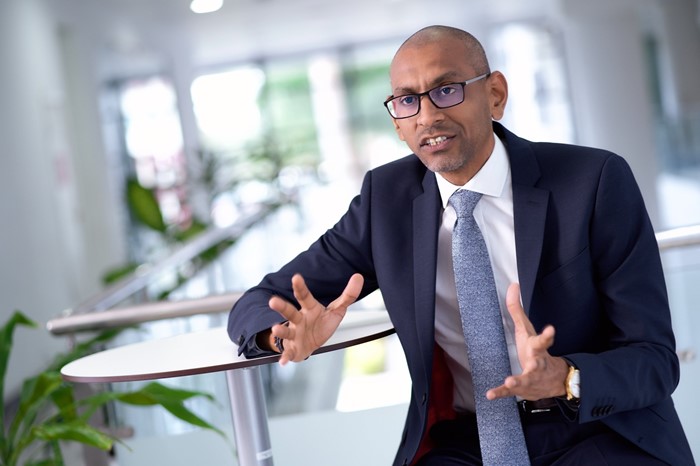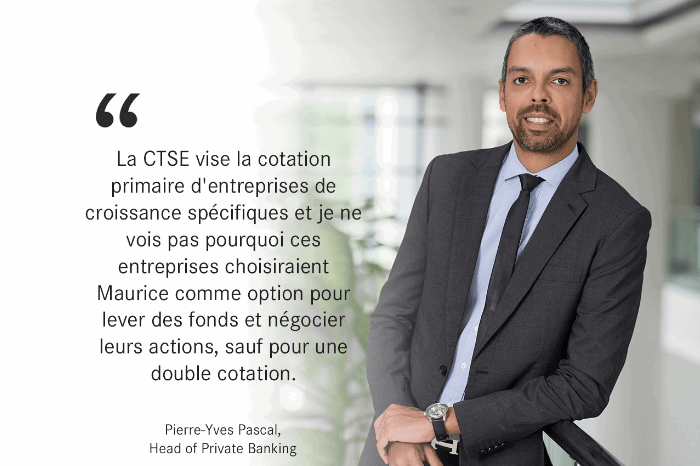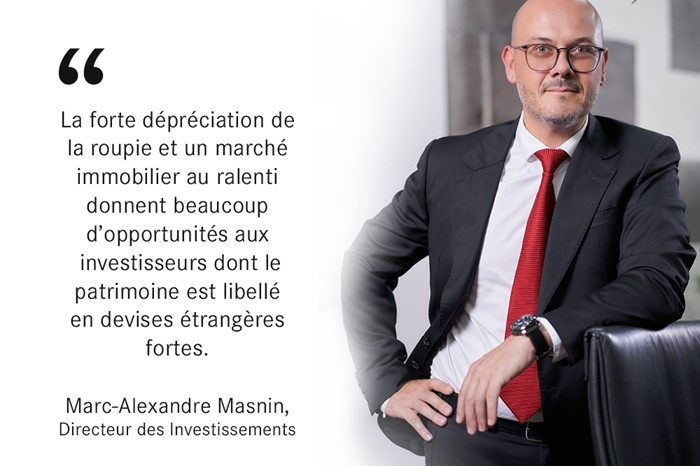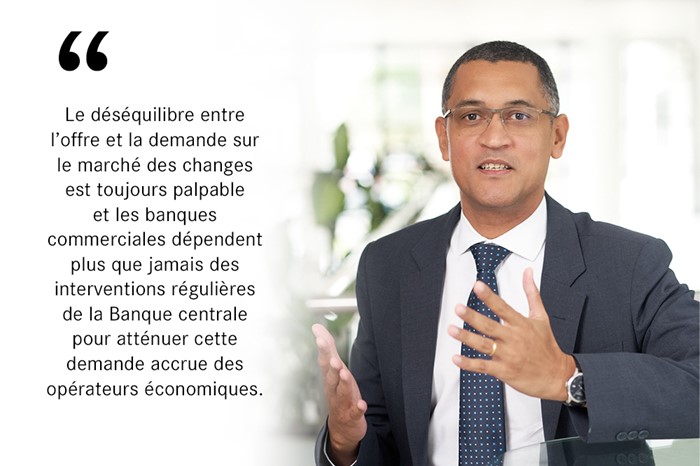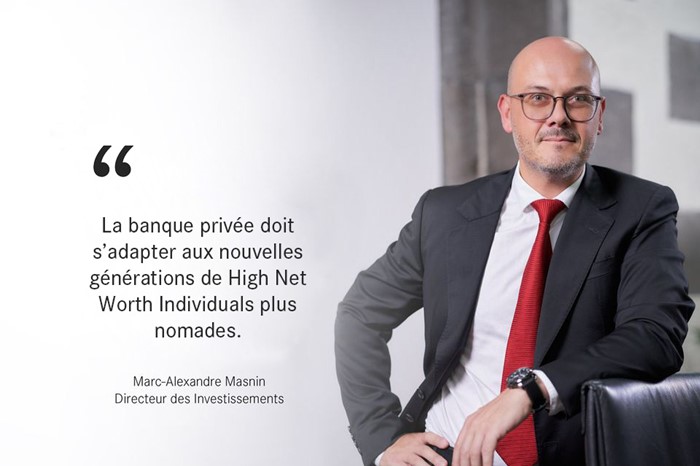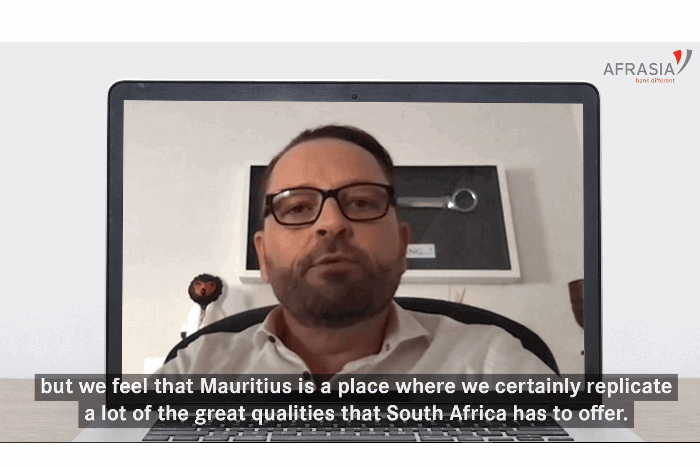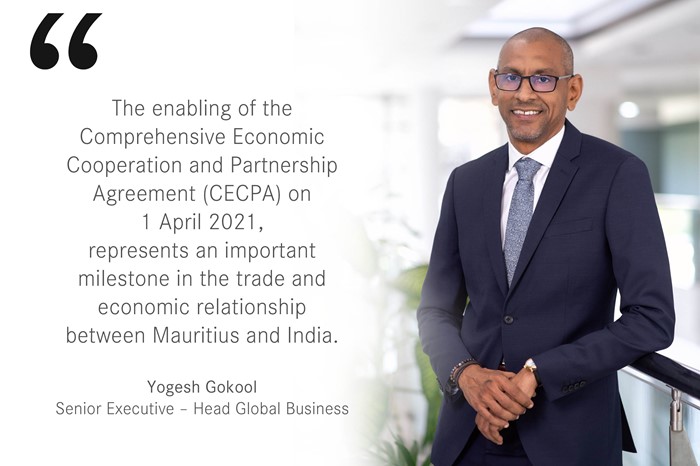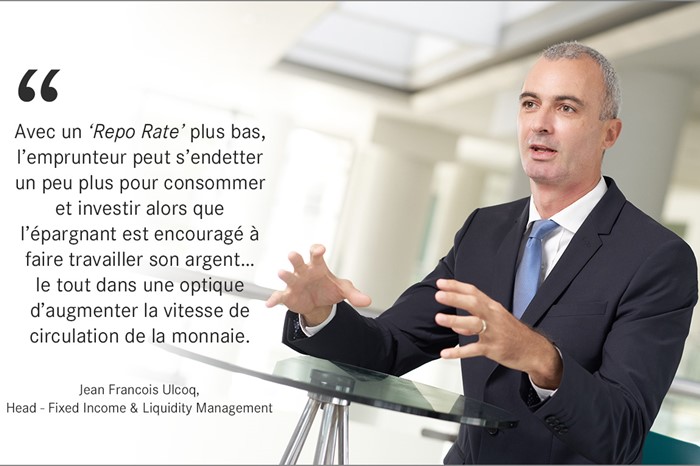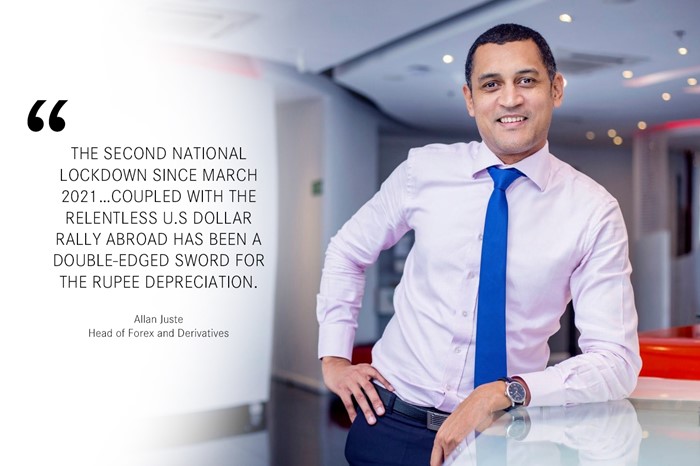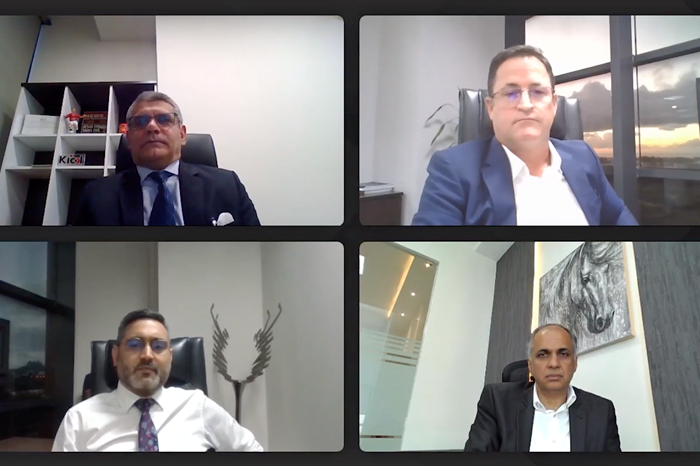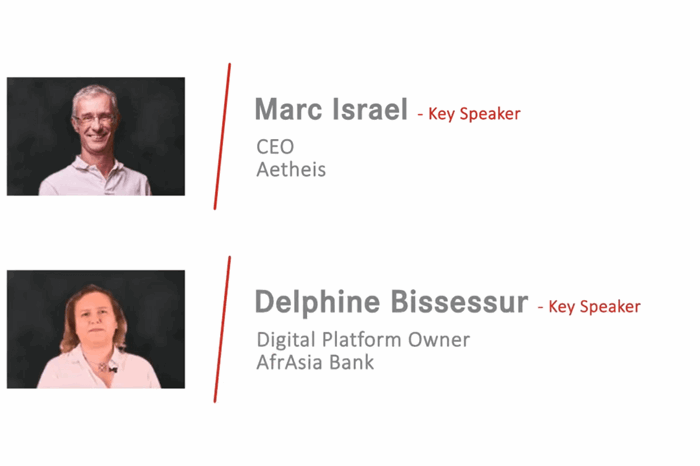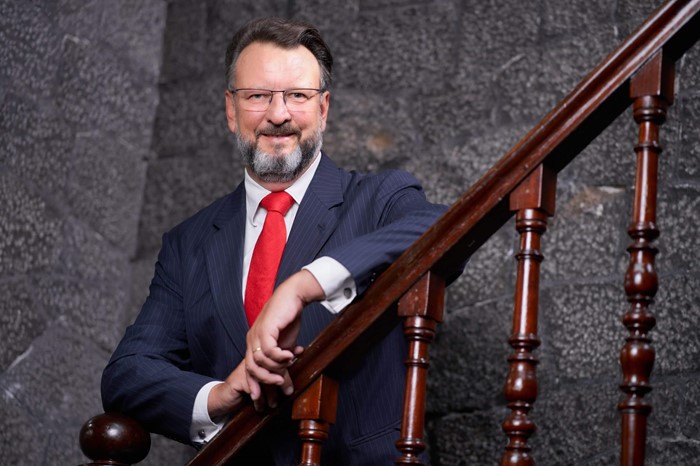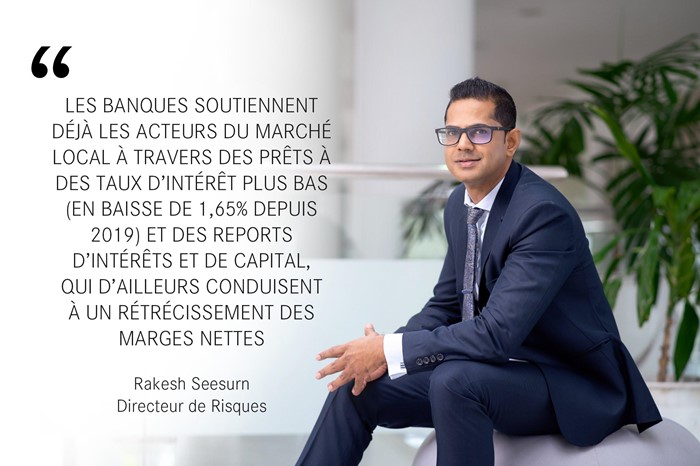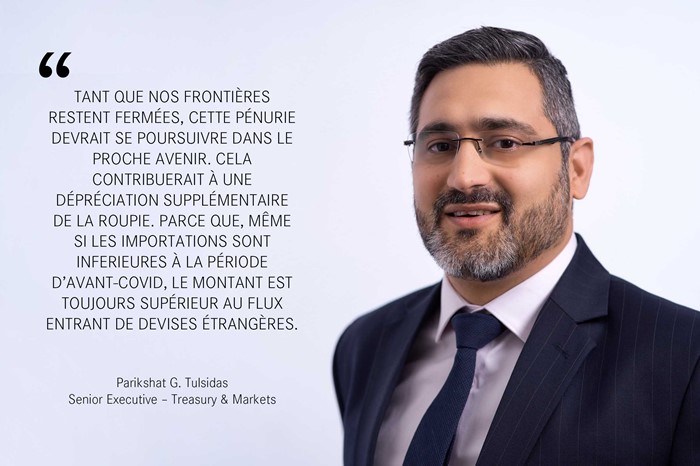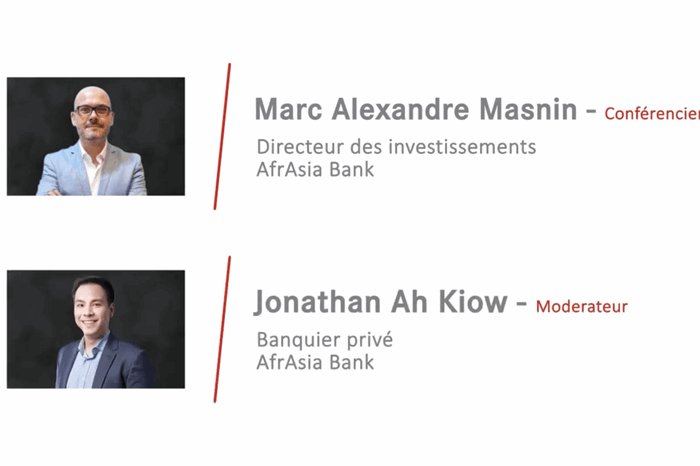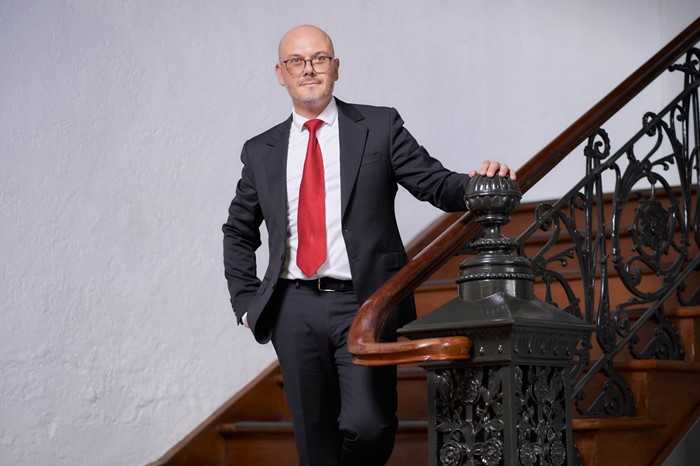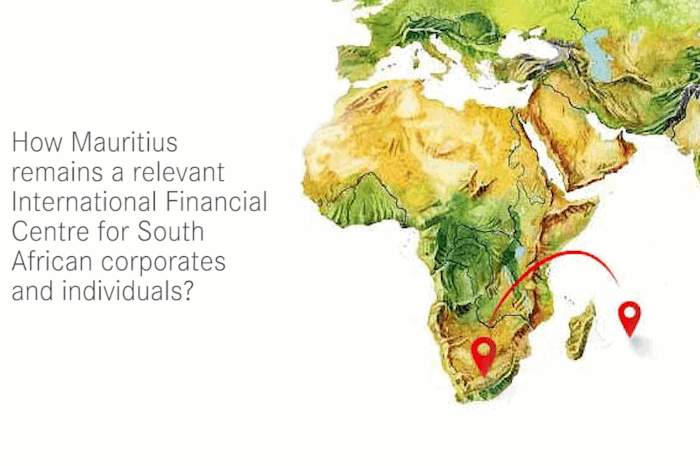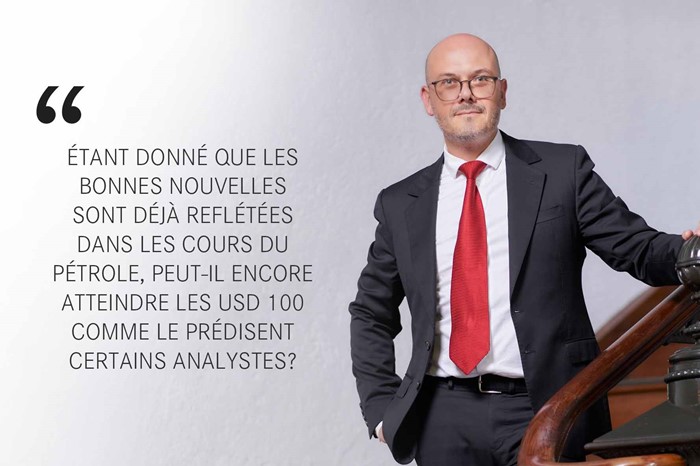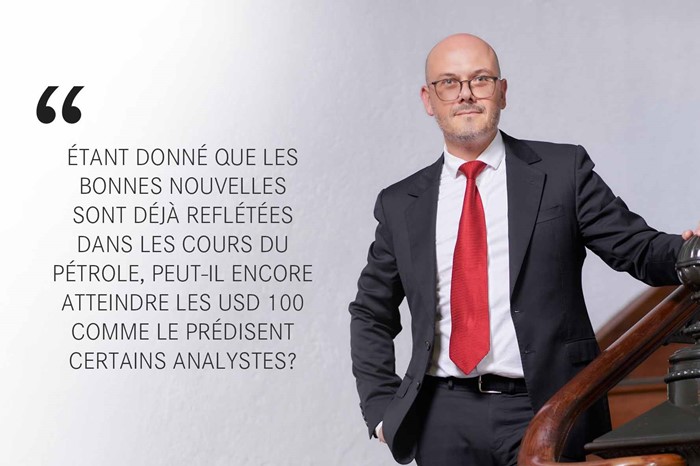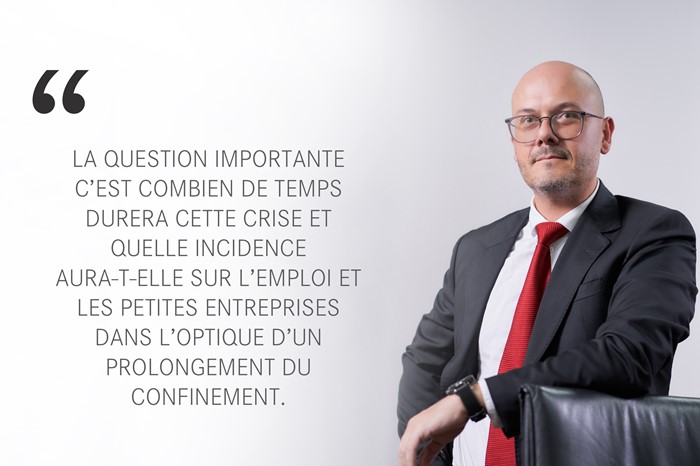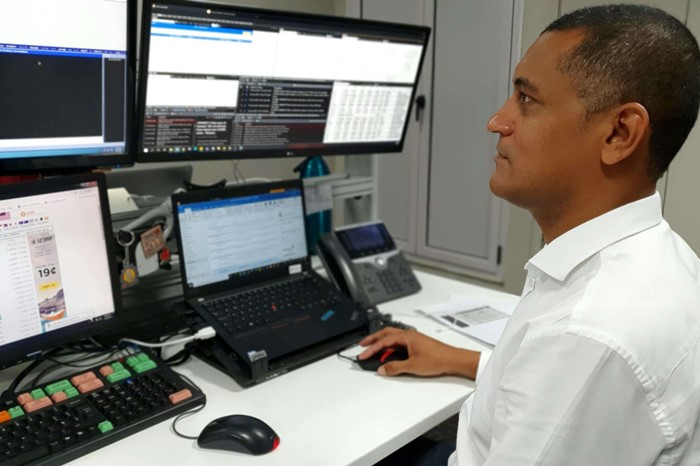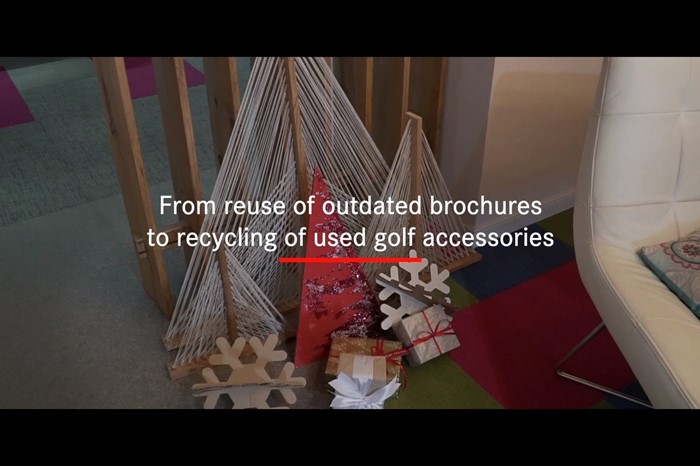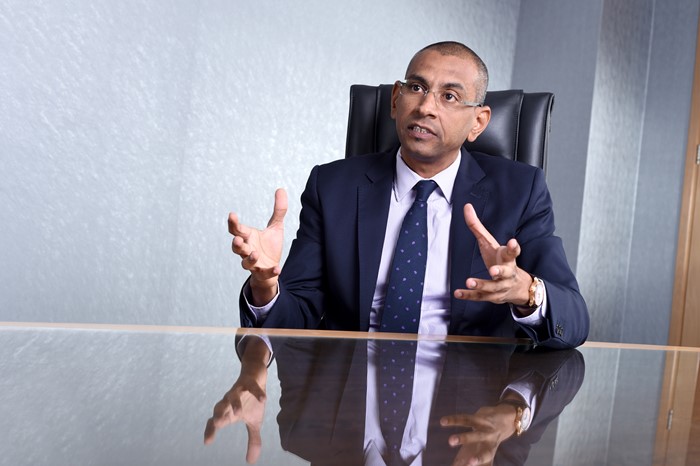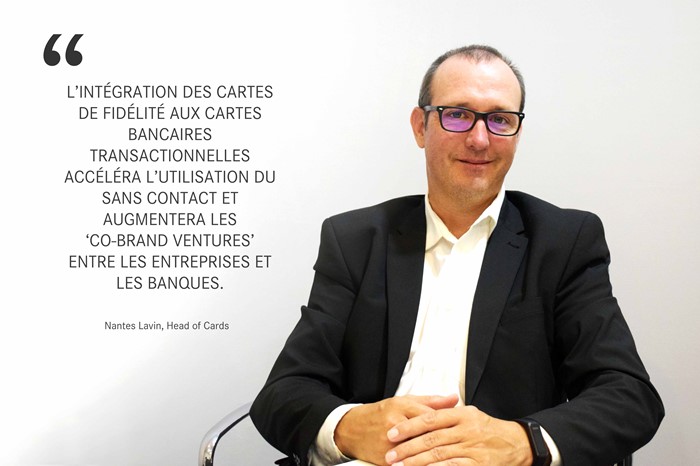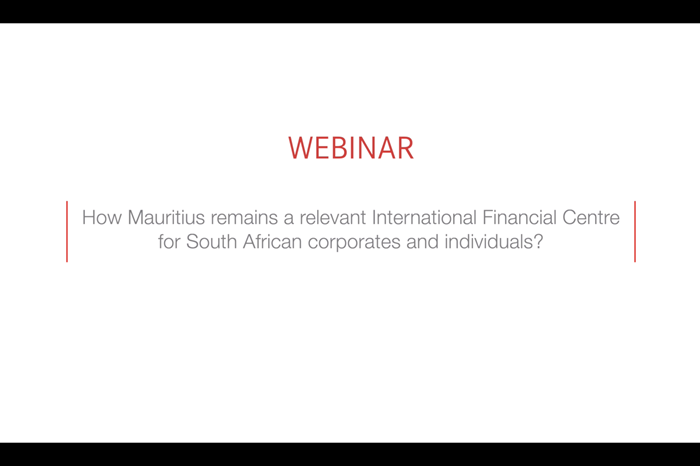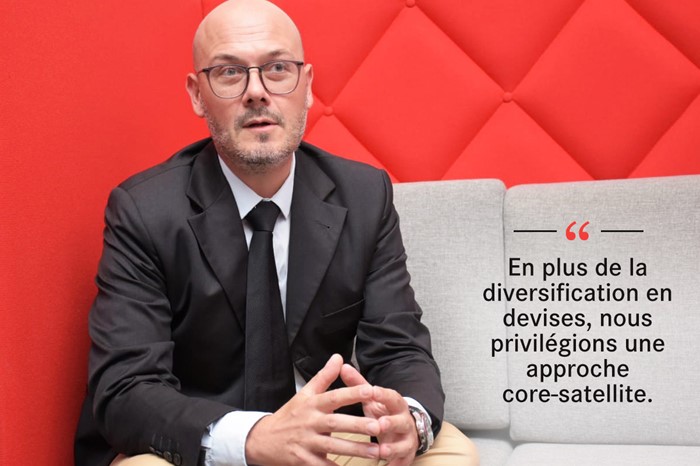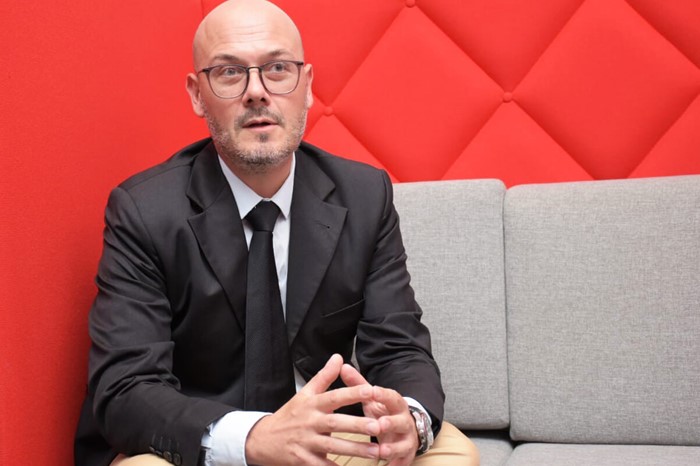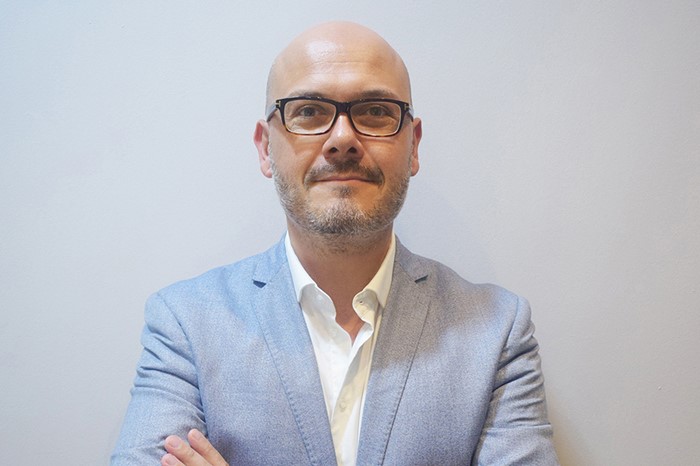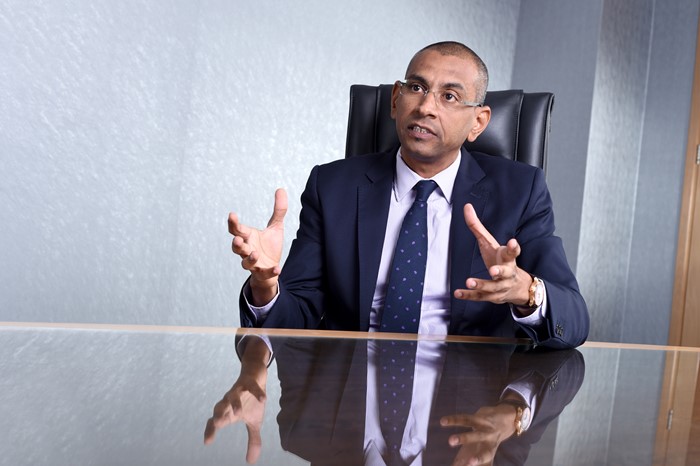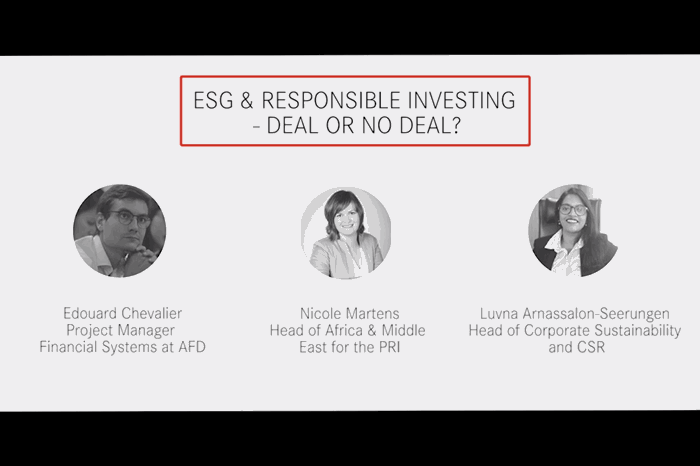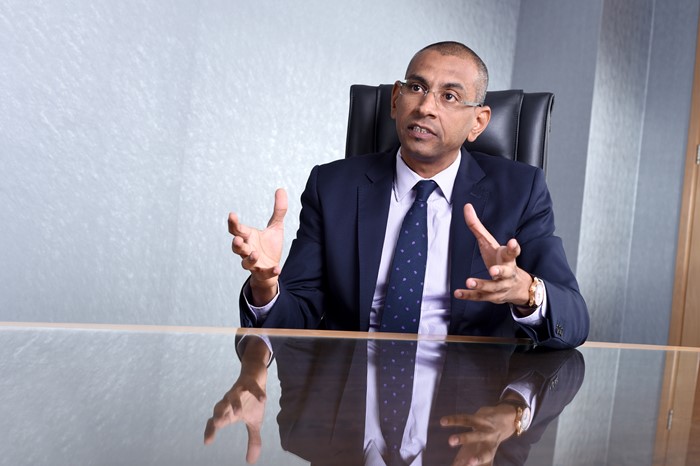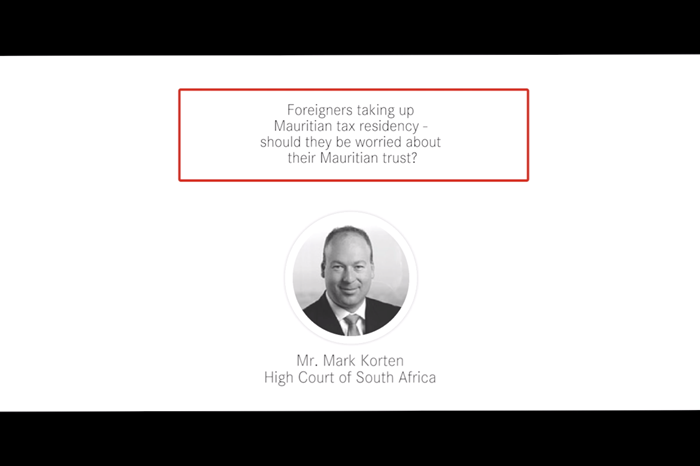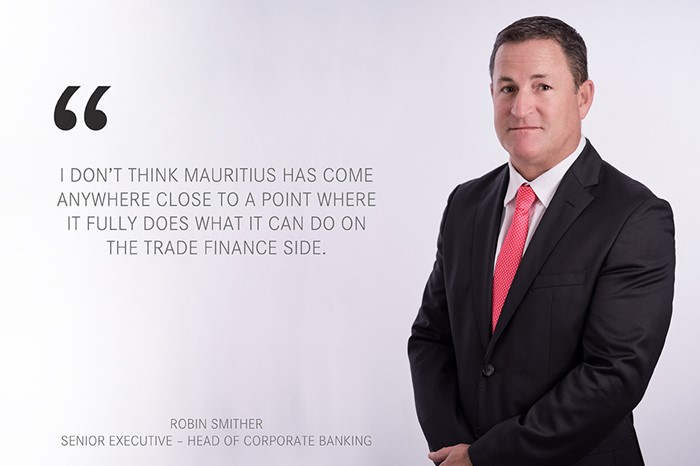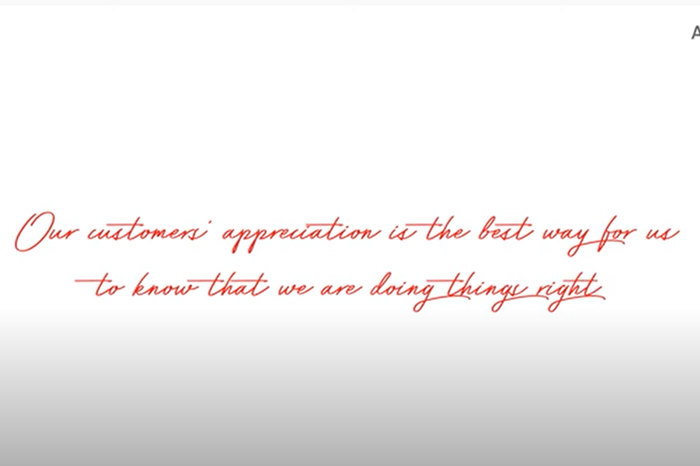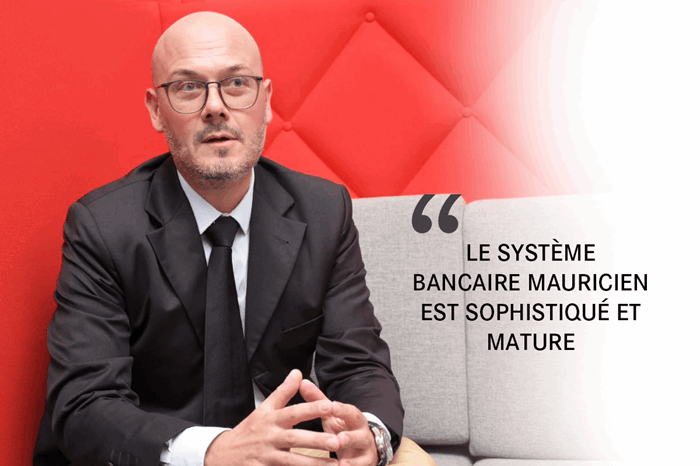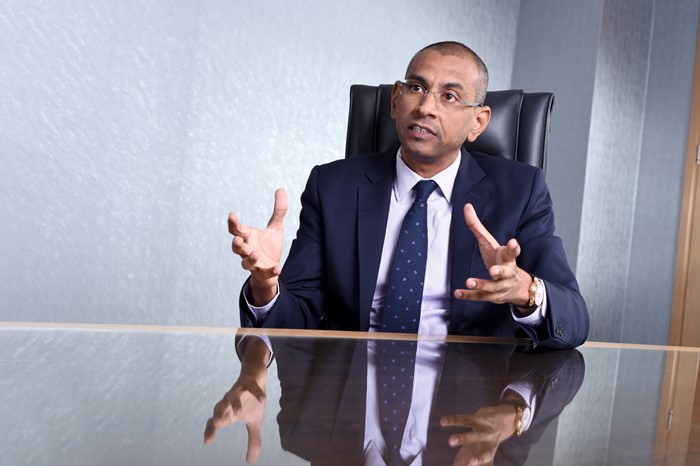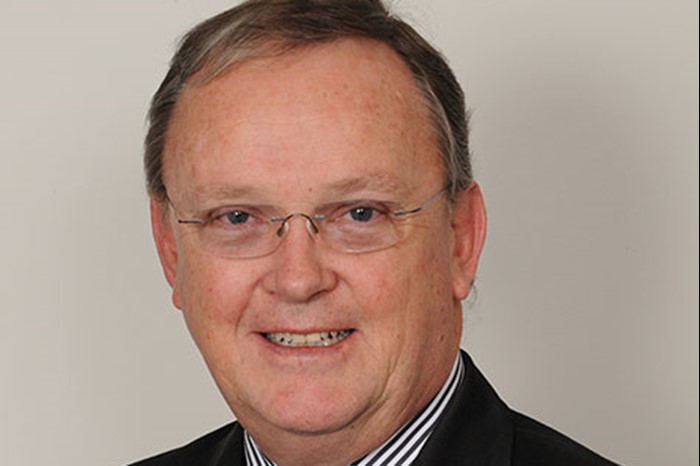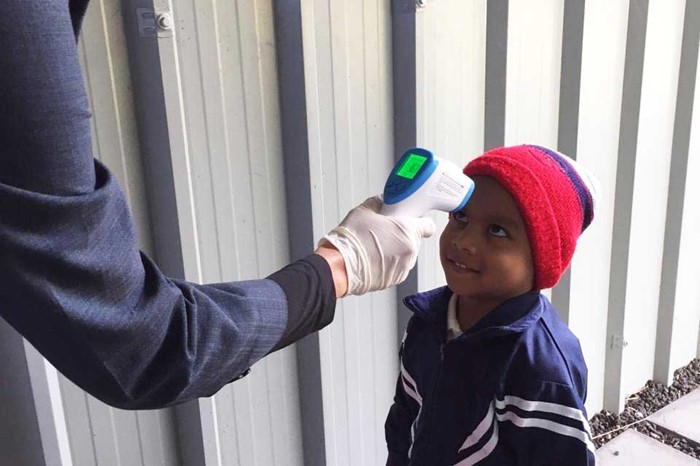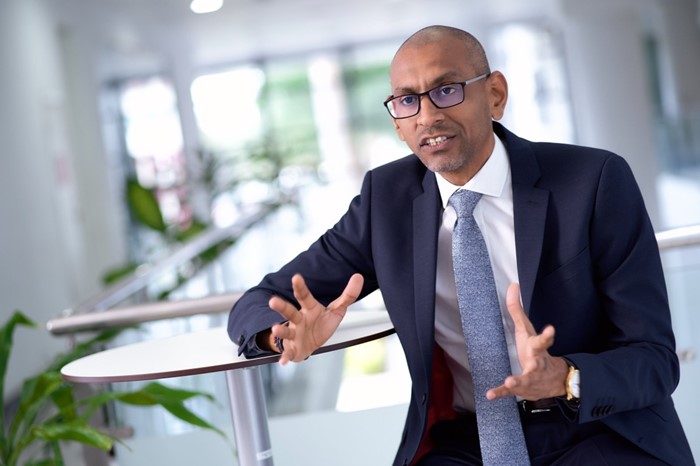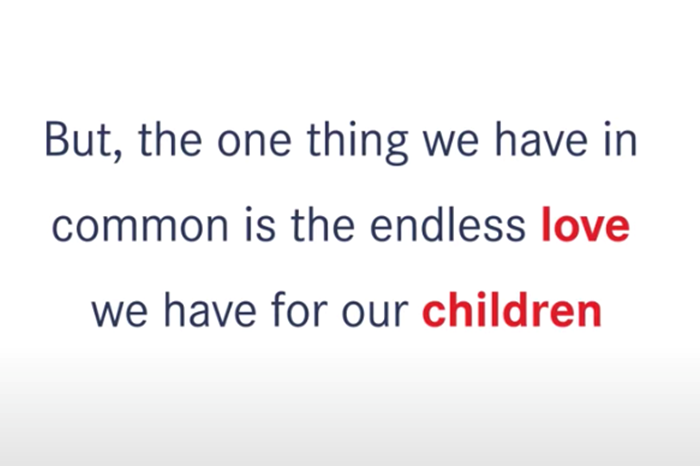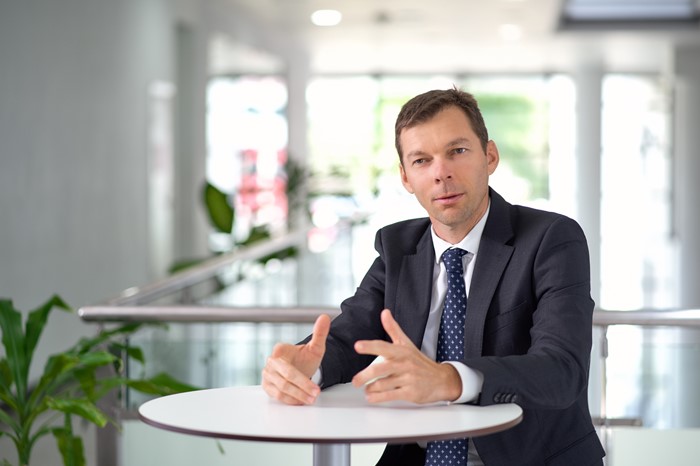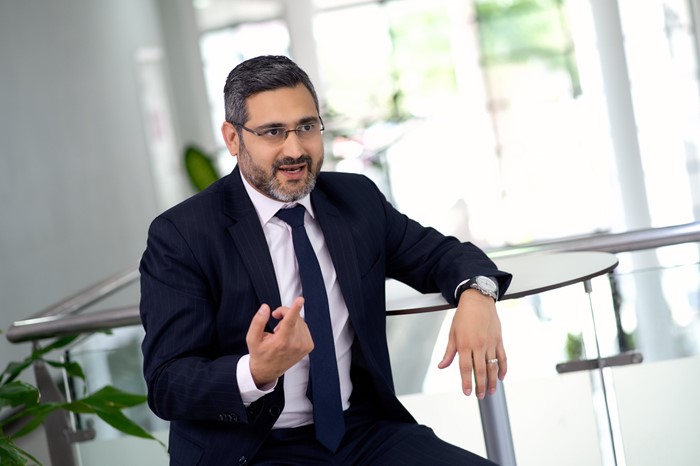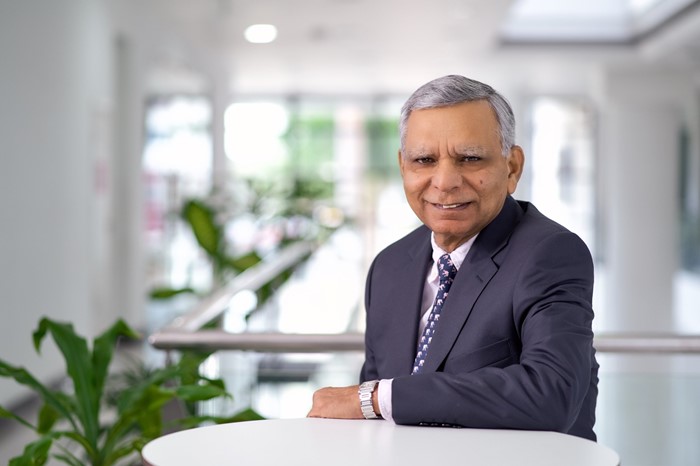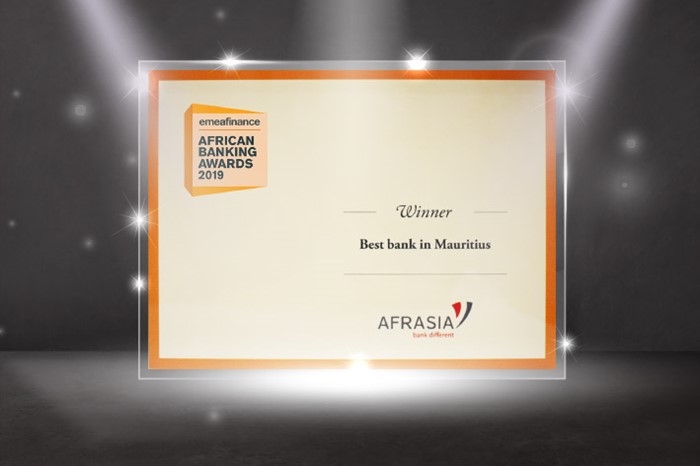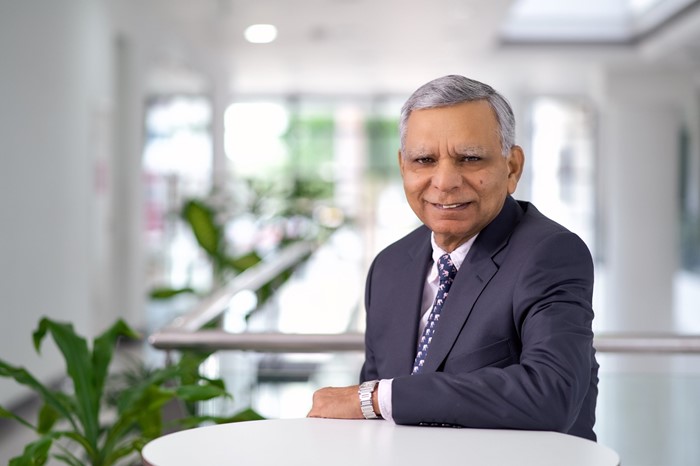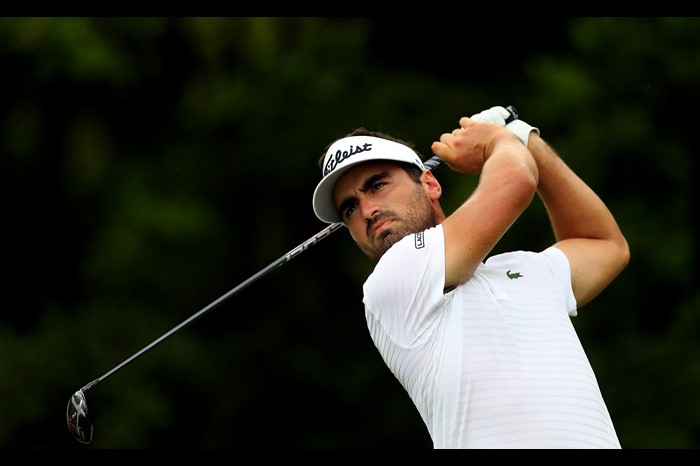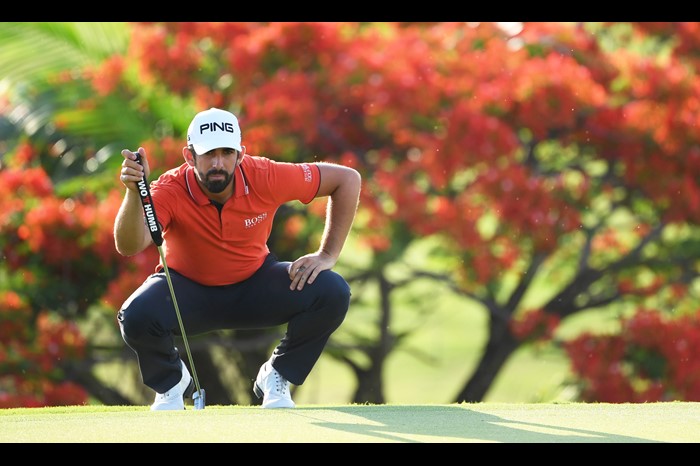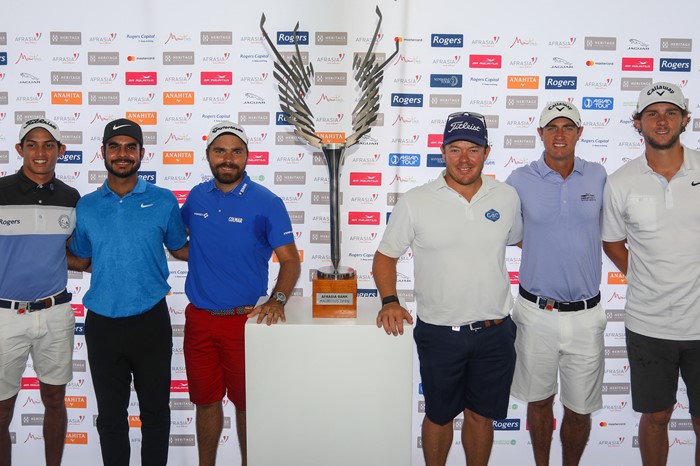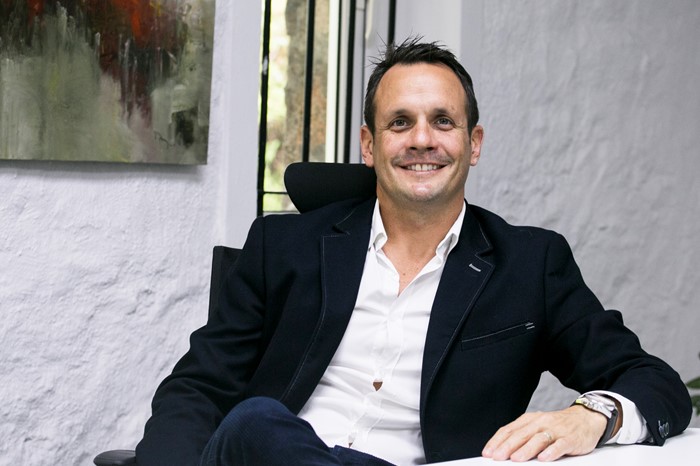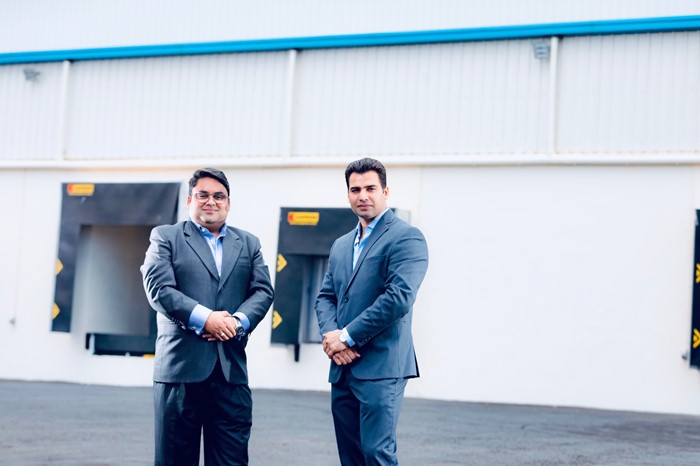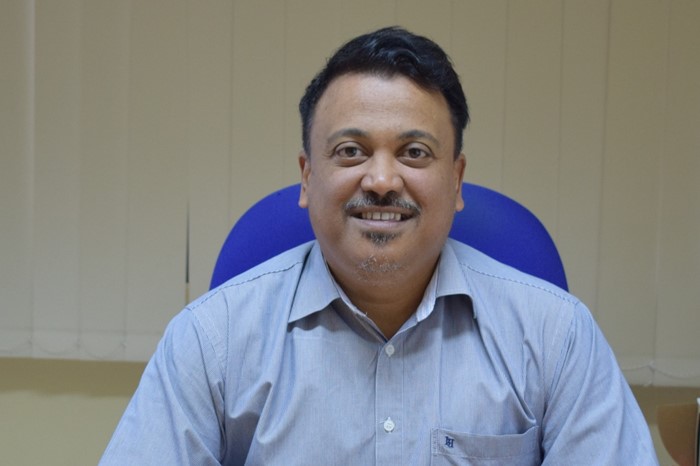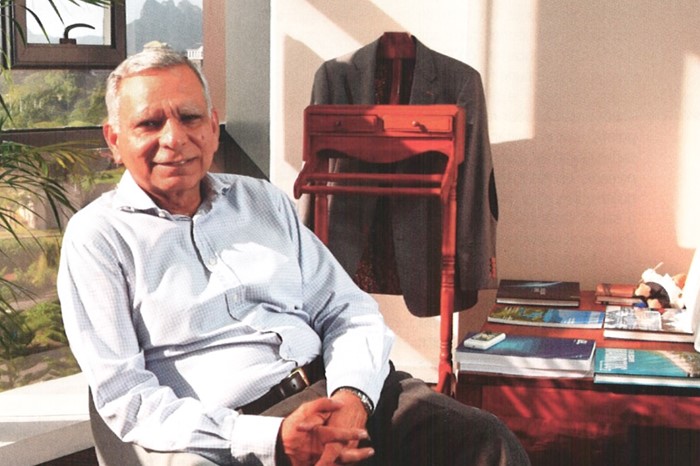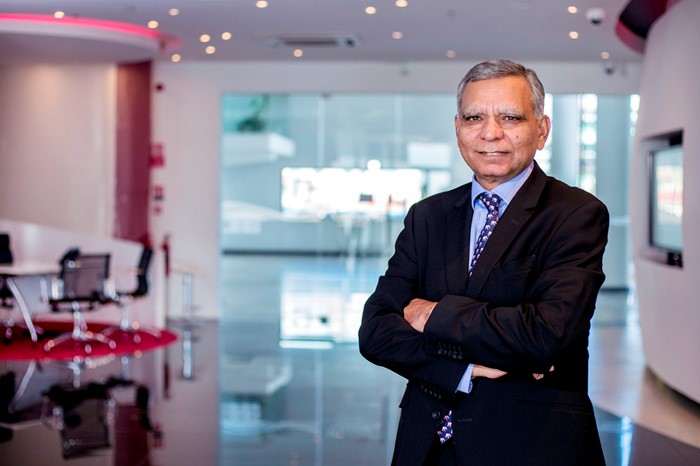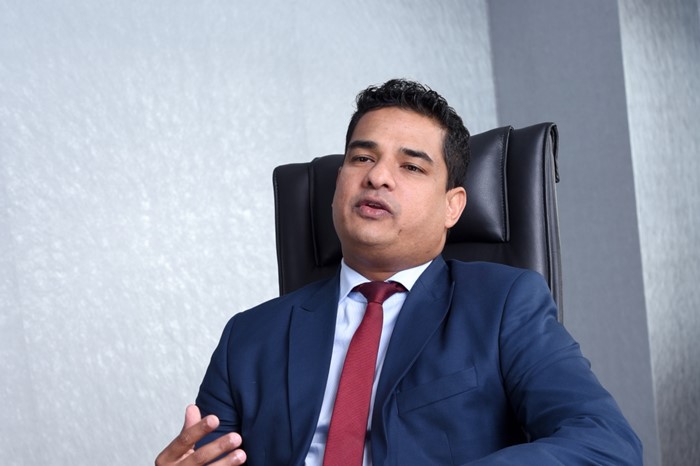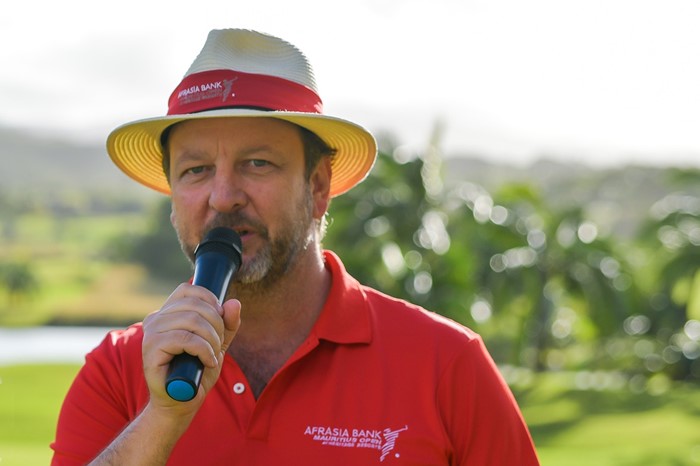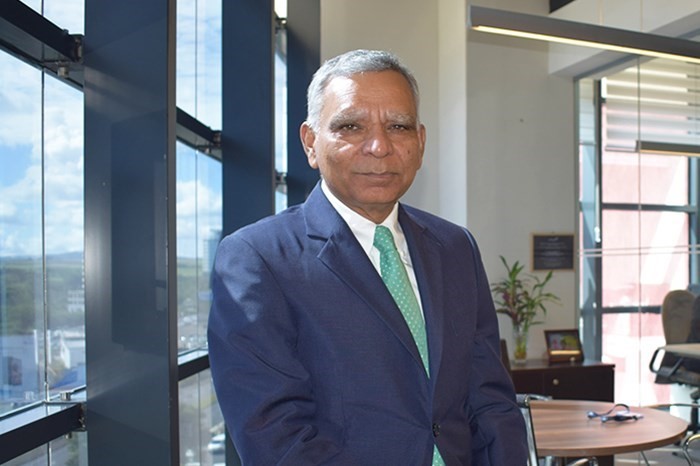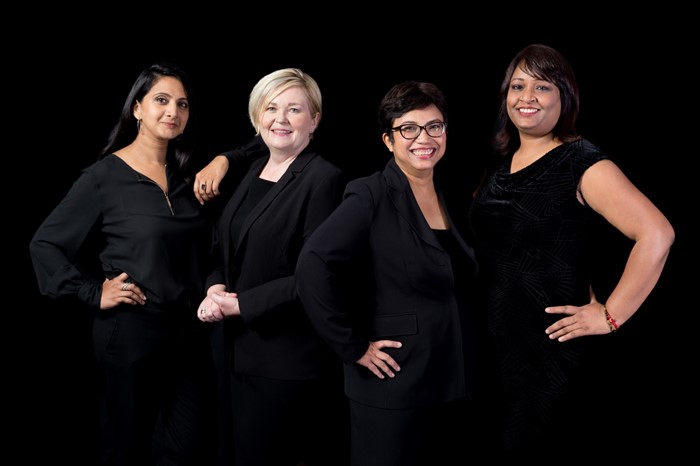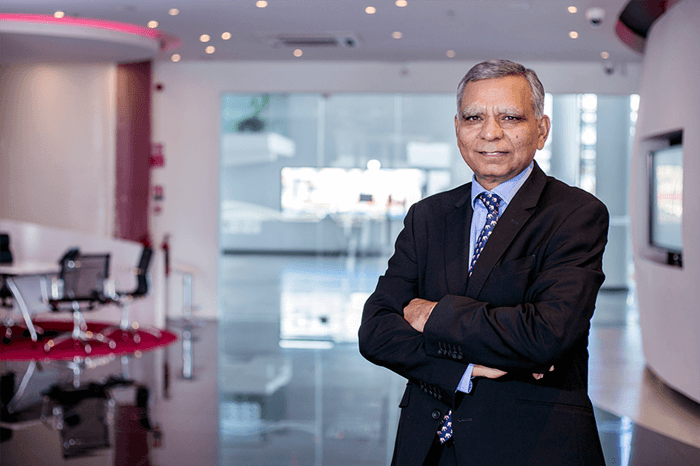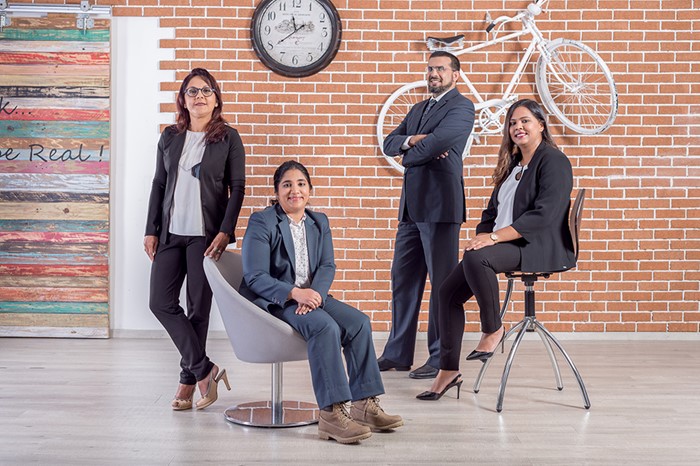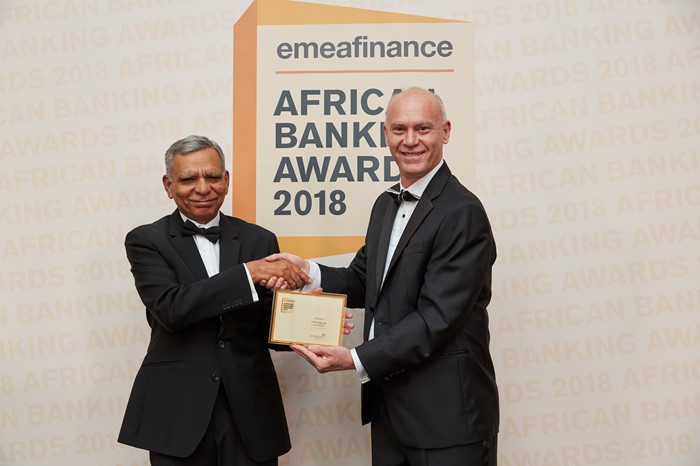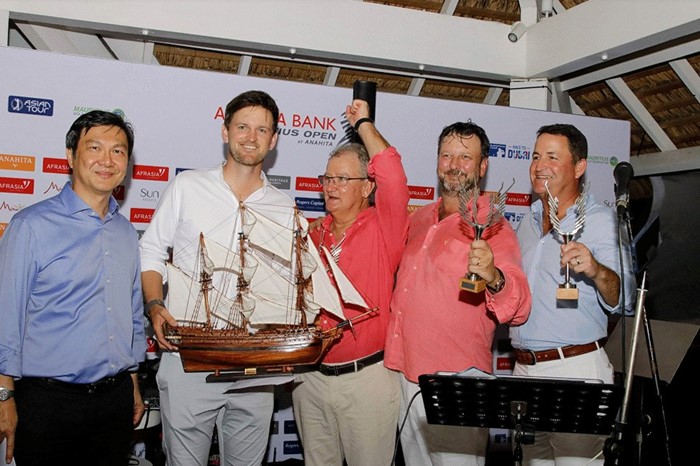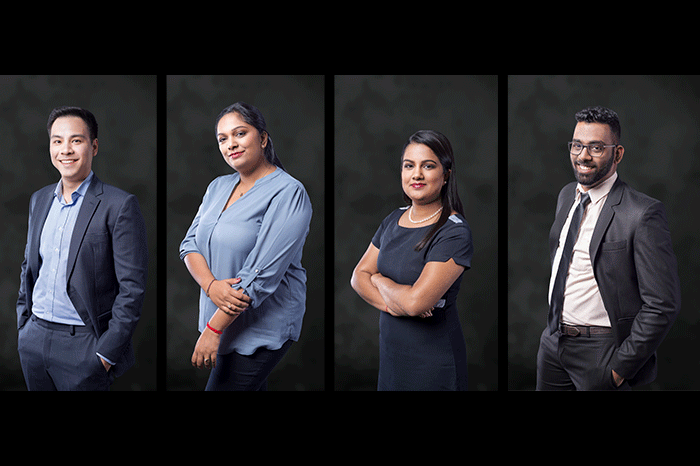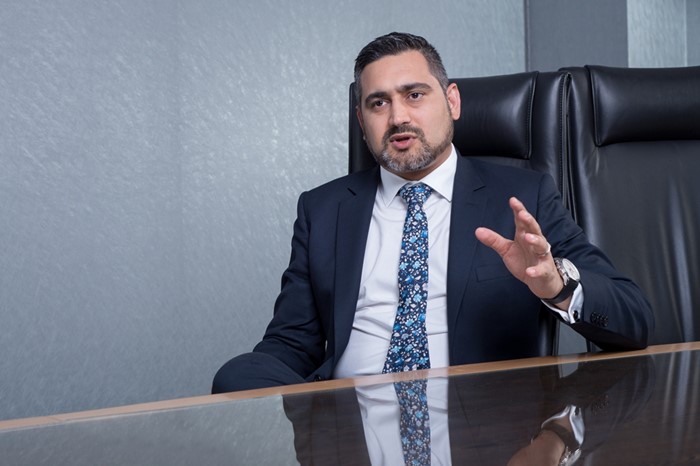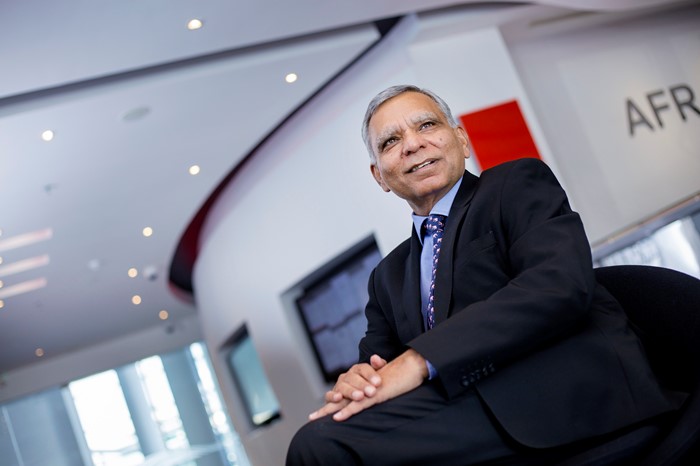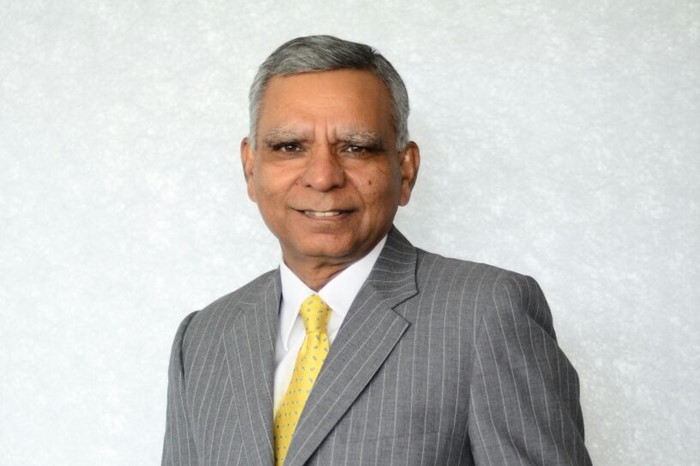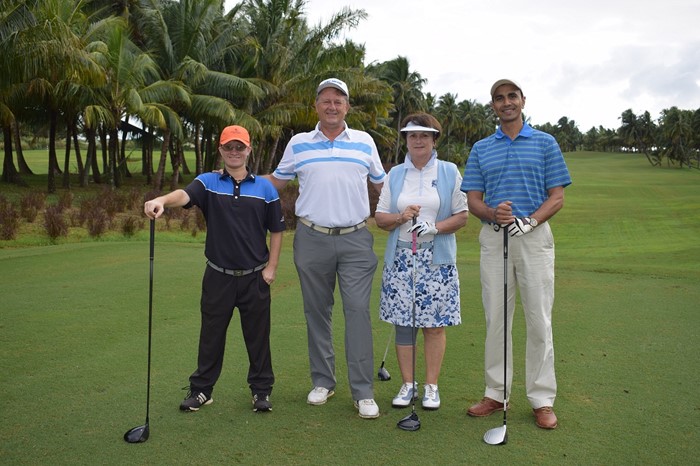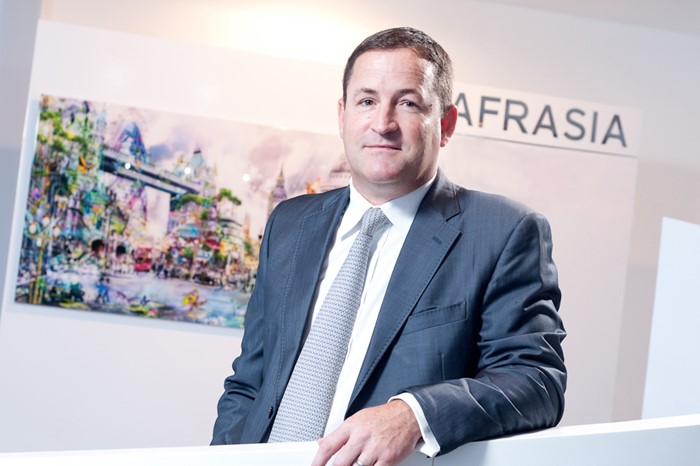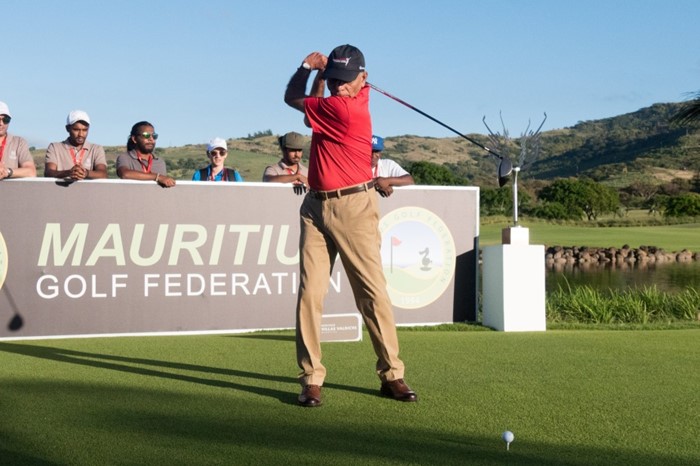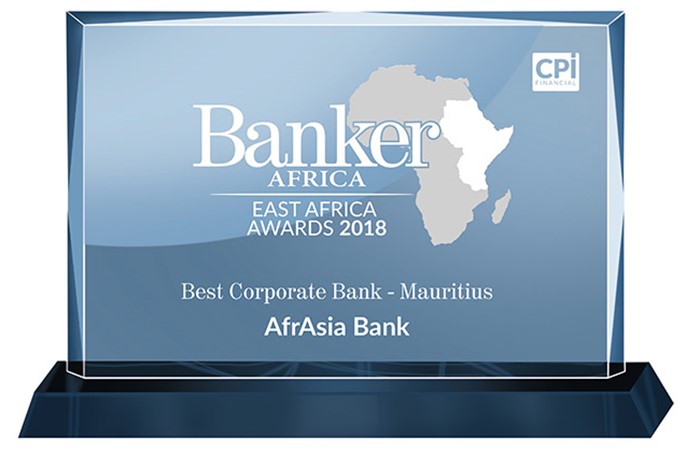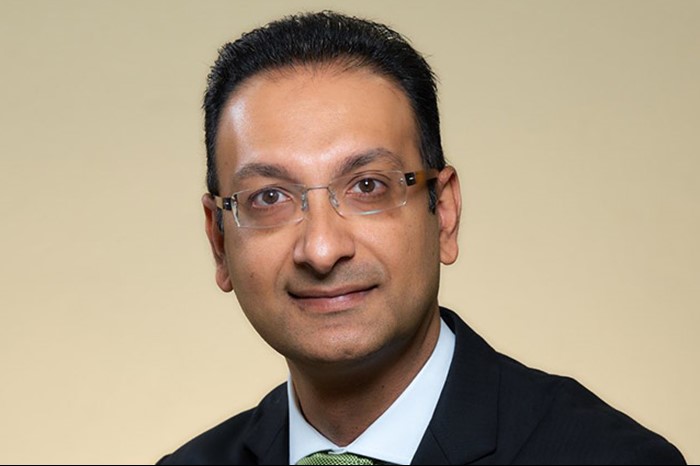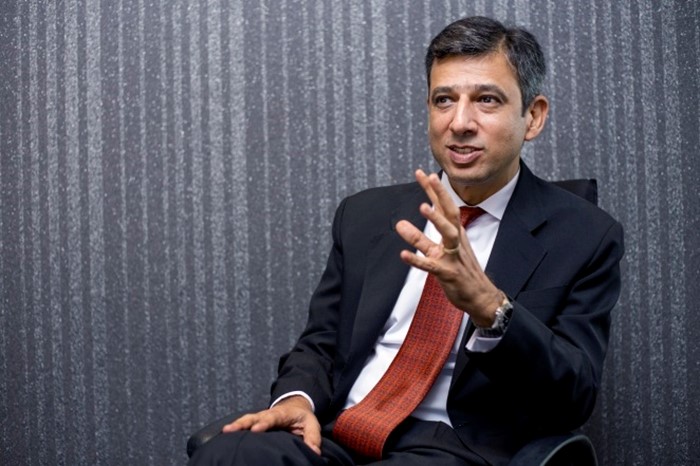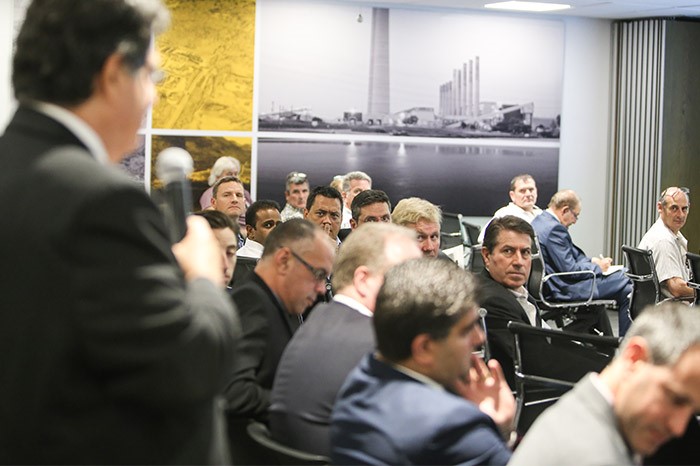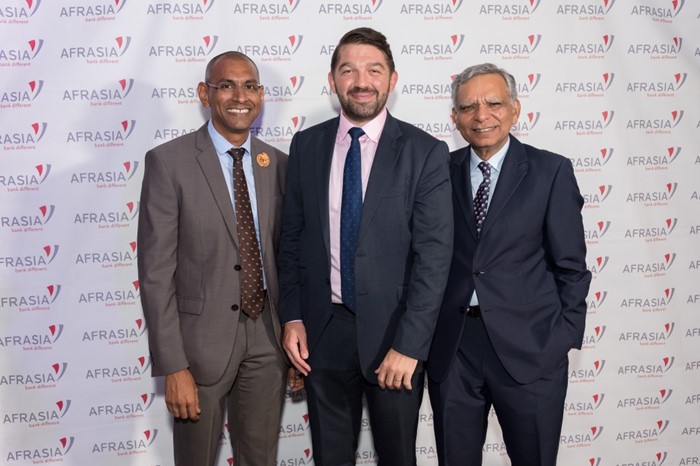AfrAsia Bank recently added two more feathers to its hat with the ‘Best Private Bank – Mauritius’ and the ‘Outstanding Marketing Campaign in the Pandemic’ accolades - the latter in recognition for its brand campaign entitled “The Believers”, launched in October 2020. We reached out to its Chief Marketing Officer, Suneeta Motala, for her expert views on the subject of “country branding,” the island’s chosen strategy to revitalise key sectors heavily impacted by the health crisis.
1. As Mauritius tries to bounce back from the crisis, adopting a national branding strategy has become vital in order to give new impetus to the “Mauritius Incorporated”. That being said, how to successfully implement this Country branding strategy?
The first step to building a powerful Country Brand is finding the answers to some simple questions: Who do we want to be as a country? Who are our targets and what are our client segments? What is our brand promise as a country? How do we want to be perceived? These answers should help us better position ourselves on the world map as well as provide the data needed to compare ourselves to other competing destinations. It is critical that we adopt a differentiated and distinctive approach, namely as regards to our main economic pillars, i.e. tourism and business.
Until now, we have used various slogans for the positioning of our different sectors and this has worked to some extent. But, the impact of these investments in marketing efforts have been diluted due to multiple messaging. Indeed, in the past we have used “Maurice, c’est un Plaisir” for tourism, and recently, it was “International Financial Centre of substance” for the financial sector. This fragmented approach does not help develop a unified brand for our country – one which investors and visitors can easily recognise and remember. I would definitely prefer a country-wide approach rather than a sectoral one, the ultimate goal being to craft a unique and distinct national brand vis-à-vis the competing destinations.
Secondly, all branding needs are to be built on a fundamental and central idea that is itself rooted in a long-term vision. This central idea then provides the foundation for a consistent, well-articulated and realistic strategy. The national brand identity should organically stem from this, as should all underlying brands for key sectors such as the tourism, financial services, commerce and exports, amongst others. Therefore, it is imperative that our political actions, activities and approaches be aligned to a common purpose and some fundamental changes are necessary to achieve this. A communication system involving the main stakeholders is required both during and post implementation. Brand, or multiple brand management, can become incoherent without an overarching structure. The effectiveness of marketing and communication programmes, which remain extremely expensive, must be taken into consideration.
Data is also today a key component. Our strategy needs to be supported by solid data that will help us establish our visitors’ profiles and assess our attractiveness for various segments: business people, honeymooners, retired tourists, digital nomad entrepreneurs, etc. We cannot change or improve what we cannot measure. We need to know how our target market perceives us – this will help us showcase our strengths and address our weaknesses.
Thirdly, it is imperative that there be a central organisation to manage the country’s brand and communication. It is much more difficult to control communication when several institutions are communicating in the same markets, often through the same channels. What is worse is that, as a result, our target finds itself often exposed to fragmented messages that lead to confusion. This central organisation will be tasked with identifying opportunities to promote the country’s visibility at the international level whilst ensuring the best ROI. Moreover, it should have a strong and transparent framework and an independent and experienced team to ensure brand and sub-brand management and this is to be achieved irrespective of any changes at the head of the country. It is fundamental that all work be done in close collaboration with key private sector stakeholders, main industry players and the Government. Institutions like the Mauritius Tourism Promotion Association (MTPA) and the Economic Development Board (EDB) will still have a vital role to play with respect to amplifying the messages vis-à-vis their respective targets.
A country’s brand image is the “life blood” of its whole nation because of its ability to boost the economy, attract talent and improve the quality of life of its inhabitants. It is a serious endeavour where guesswork can prove to be very costly. This is why, I want to point out the need to create a culture of measurement. The performance of implemented strategies must be tracked and measurement mechanisms must be developed to assess actions and other initiatives taken. Most of the time, we are so focused on the roll-out of a strategy that measurement becomes secondary. Without indicators, it would be hard to determine whether strategies are working or if they need to be modified or reviewed to improve ROI.
2. We have been hearing about the Country Branding project for three years now. As we all know, the Economic Development Board, has announced that it is looking for a consultant to implement this strategy. Does this mean that it is a particularly complex task?
It’s not an easy task for sure. Consultants will bring valuable expertise but what’s important is the ability to rally the key stakeholders who have field experience and to get them to work with the consultants. The consultants will need to be chosen by an independent panel comprising of professionals from key economic sectors. Professional qualitative and quantitative research will need to be carried out in order to find out how the Mauritius brand is perceived internationally, by our target markets and by our own people. The research findings will have to be analysed and experts, as well as key public and private stakeholders, consulted. For example, if we take our 2 main pillars of the economy, which are the tourism and financial sectors, their main stakeholders will need to validate the core strategy and message and from thereon, determine their respective initiatives and tactics. Pooling resources, collaborating to conduct studies and research, and combining skills, are the ways in which desired objectives will be achieved.
3. What areas must a country branding strategy cover?
Country branding is not only about constructing slogans. Country branding involves planned communication management and purposeful social engineering. Rather than a purely government or business matter, country branding is more of a concerted and integrated effort made by all stakeholders, including the population.
I believe the focus should be on those most adversely-affected sectors, the first one being, for obvious reasons, the tourism sector. The second would be an increase in FDI inflows. All countries, whether they are developing or developed, are now striving for an investment-friendly image. The Economic Development Board is being very active on this front.
Another sector dependent on this image would be that of exports, as a lack of visibility in our future markets would affect our exports and disrupt our production companies’ activities. Our foreign and domestic policies are also a key dimension when it comes to the implementation of this strategy. For optimal effectiveness, politicians will have to come to an agreement in order to bring to life the brand image that the country wants to project. And to do this, it would be essential to initiate a continuous process of consultation and engagement involving the local population and institutions in the promotion of this image. Country branding must start from within. Last but not least, one should not overlook the cultural dimension of a country brand as culture penetrates all areas of our life and nation. Promoting our culture and our heritage is synonymous to promoting our identity.
4. The crisis has weakened the tourism sector which, it is said, must reinvent itself. And the image of global business has been tarnished since our inclusion on the European Union’s black list. How to find the right slogan and common marketing strategy to help these two economic pillars recover?
This demands a holistic thinking process involving field professionals. I do not have a specific slogan but what I can say is this: communication has taken on a more vital role in this pandemic era, setting aside the unprecedented EU blacklist situation. Mauritius has an immense array of opportunities to offer and it would be a pity not to seize them. Safety will be fundamental in the thinking process of our country branding but there are obviously other angles to be explored too to make it an attractive statement for our investors and visitors as well as new talents. This is why it is so important to involve all of our key stakeholders in the discussion.
The slogan should touch on the country’s strengths – Slogans like “Incredible India” and “Land of Smiles” (Thailand) are authentic messages that are true reflections of the country and of its people. The ‘SusIsland’ slogan, for example, was not a true reflection of current realities – stray dogs, polluted rivers, dying coral reefs and the concreting of our beaches are well known to tourists. We have to be very careful to maintain a balance between promise and performance.
Being authentic and simple is essential in order to create an impression in the minds of our stakeholders. Despite current challenges, we can change the way we tell our story as long as there is a clear strategy for doing so – visionary leadership and proper coordination between government, the public and private sectors and the whole community. Without this bond of cooperation, the task cannot be achieved.
In my opinion, we need to balance the huge investments required for conventional marketing, together with the genuine improvements required in the country, whether in terms of reinforcing our policies and frameworks as an international financial centre of choice or more concrete actions as a sustainable island - these will also have a more powerful, more credible and longer-lasting effect on our reputation. So, the first motto for the country-branding project should be ‘Actions speak louder than words’, and the second motto should be ’Don’t talk unless you have something to say’.
Although foreign investors have a more rational approach to perceiving country reputation than, for example, tourists, they are still at least unconsciously affected by the overall image a country brand conveys. Economic and political stability, laws and regulations, the level of corruption, the tax system, are some of the crucial factors that help investors make decisions. The brand image of a country can influence a decision to invest when the investor is split between two jurisdictions presenting the same characteristics.
Building a country’s brand differs significantly from branding products and services. Country branding is not limited to securing an advertising spot on a popular TV channel or a magazine. It is neither about listing the geographical advantages of the country. The development of a country’s brand in people’s mind is similar to piecing together a gigantic jigsaw puzzle.
5. Which countries could be sources of inspiration for the development of our national branding strategy?
There are a couple of them but the Singapore example needs to be singled out. The nation has built a resilient country branding strategy in spite of its relatively small land area. Its “Passion Made Possible” slogan, developed by both the Singapore Tourism Board and the Singapore Economic Development Board, has proved to be a very powerful communication strategy.
One other inspiring country is Switzerland – Switzerland is associated with a business-friendly climate, strong capacity for innovation, a renowned education system, well-developed infrastructure, political stability and a high standard of living – all elements which ultimately contribute to the development of the nation’s brand and reputation around the globe. Their ‘Switzerland Get Natural’ slogan remains at the core of their country branding strategy.
The branding strategy of Estonia, as the ideal place for remote digital nomads and international entrepreneurs, is also one that deserves to be mentioned as it is quite close to what Mauritius is envisaging with its ‘Premium Visa’. Their vision unites all stakeholders who collectively work in that direction, be it the telecommunication industry or even those sectors which are indirectly related.
The custodians of the nation’s brand should be able to plot, plan and play the nation brand story revealing its brand’s touch points deftly to make the robustness and the resoluteness of the brand known to all stakeholders, both within the country and outside the country. We often tend to forget about the internal stakeholders who are extremely important and who are after all our first brand ambassadors. The territorial brand "We love NY" has become a global success because it is supported by its inhabitants. When the entire population is galvanised into becoming the mouthpiece of a country’s values and qualities, then you have a significant advertising medium that can help you achieve the enormous task of communicating something so complex to so many.
